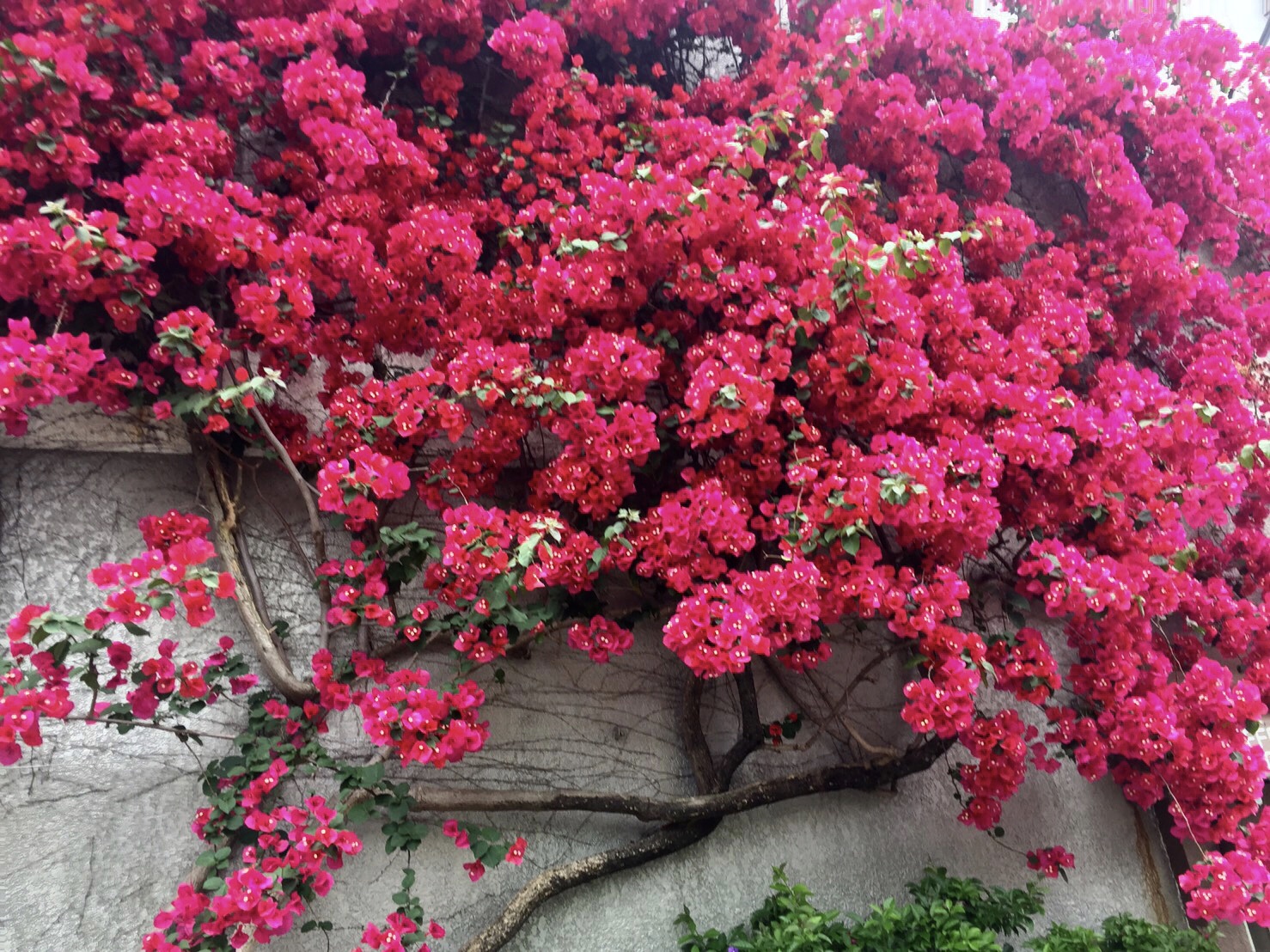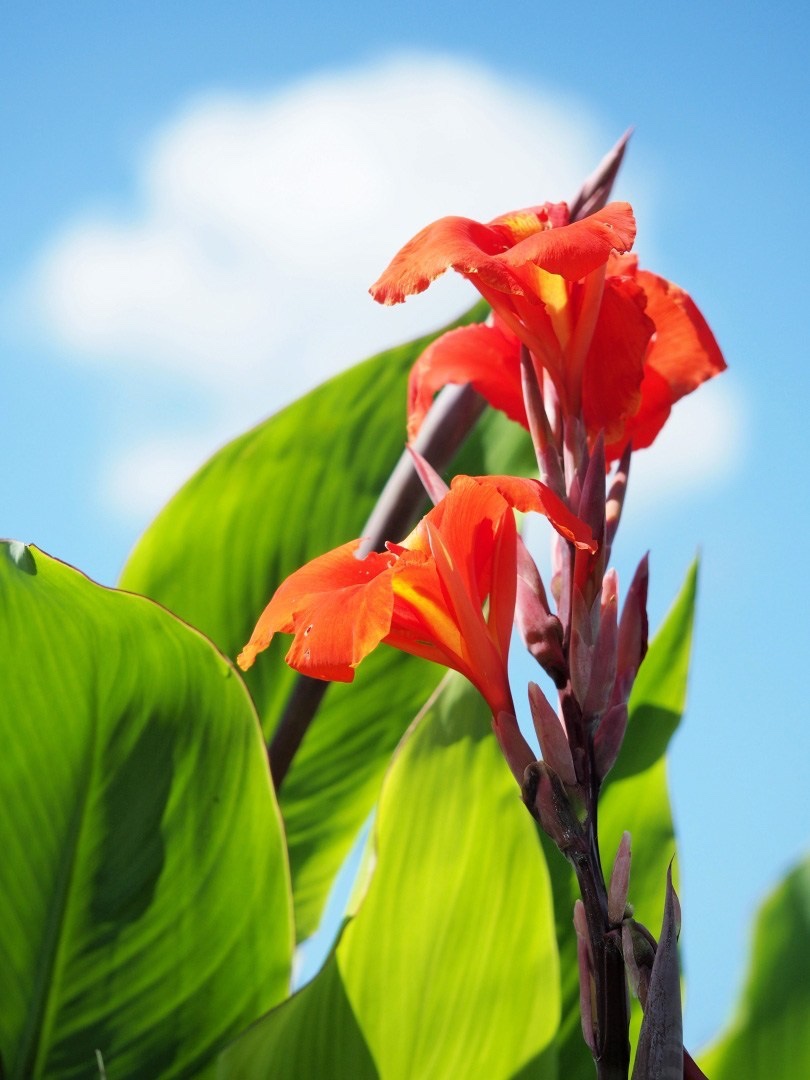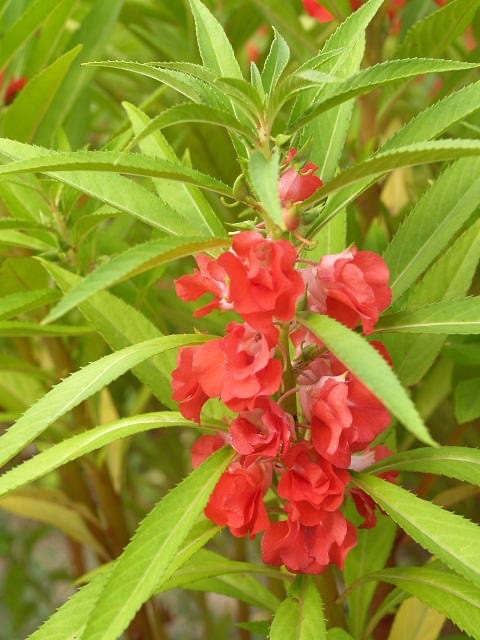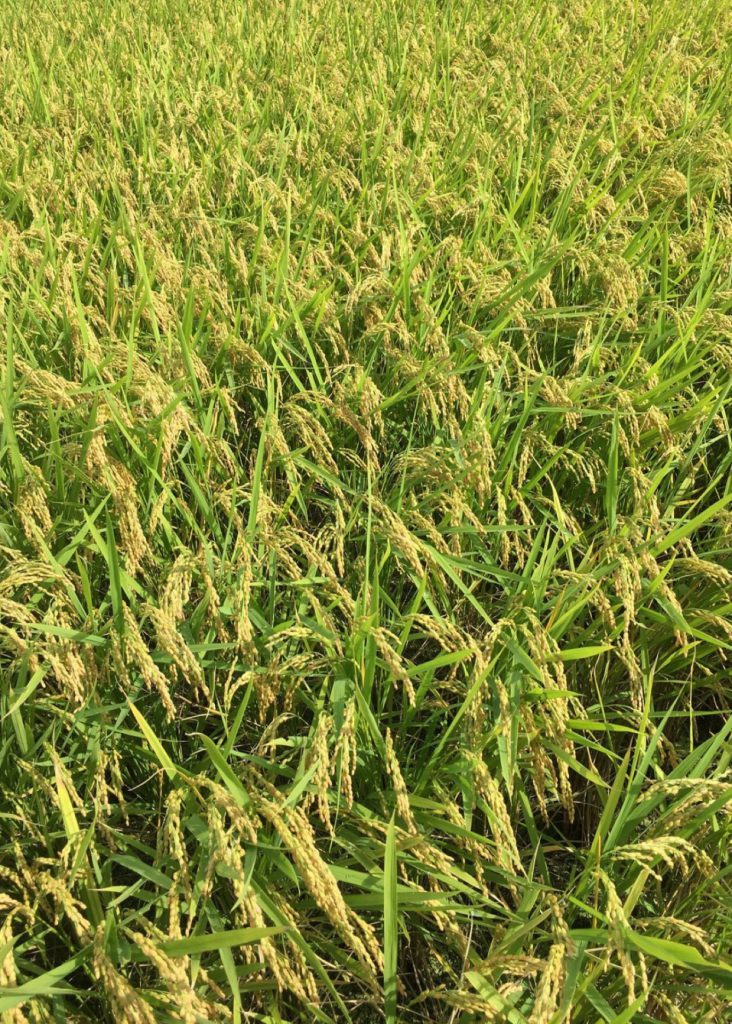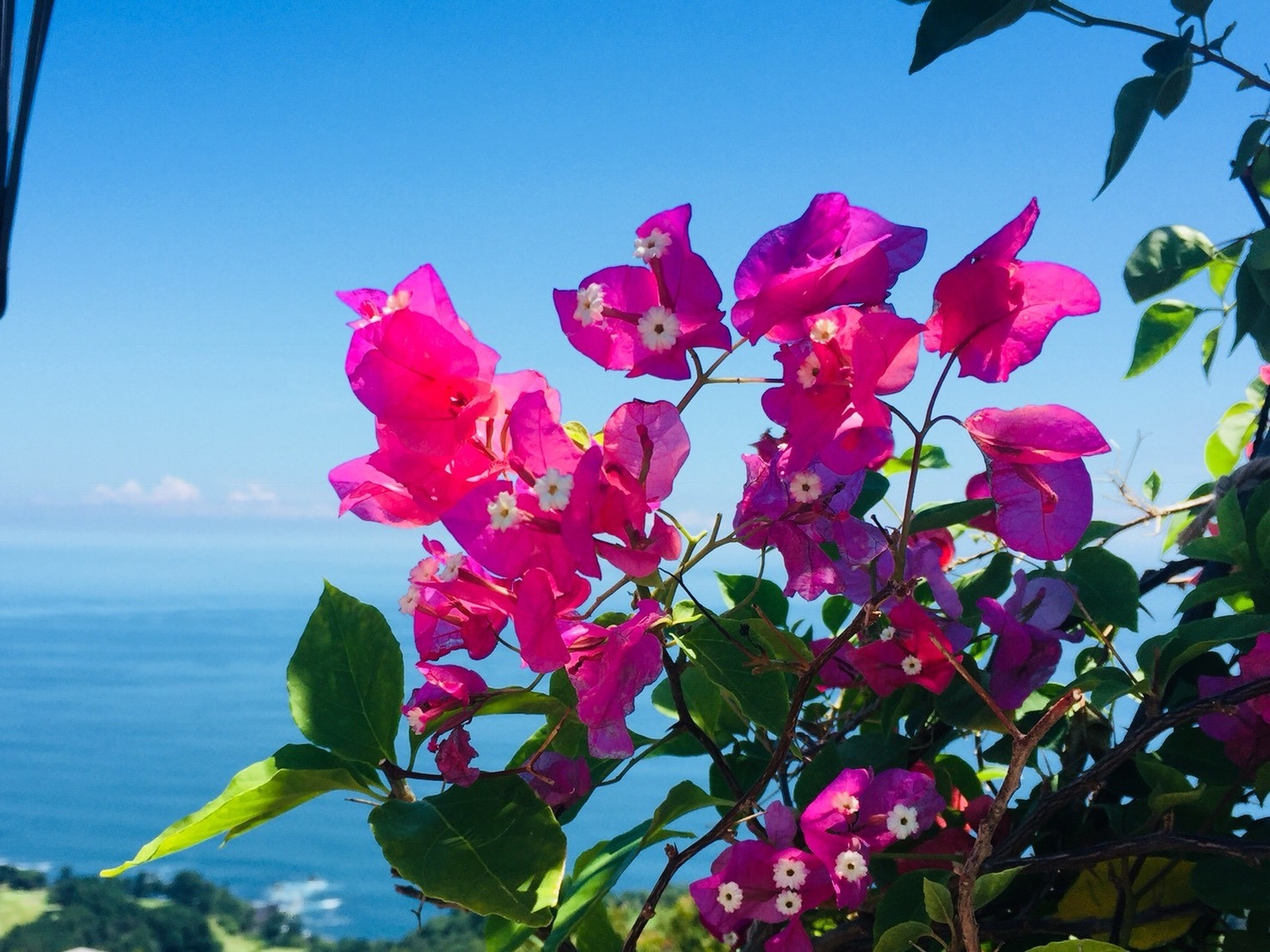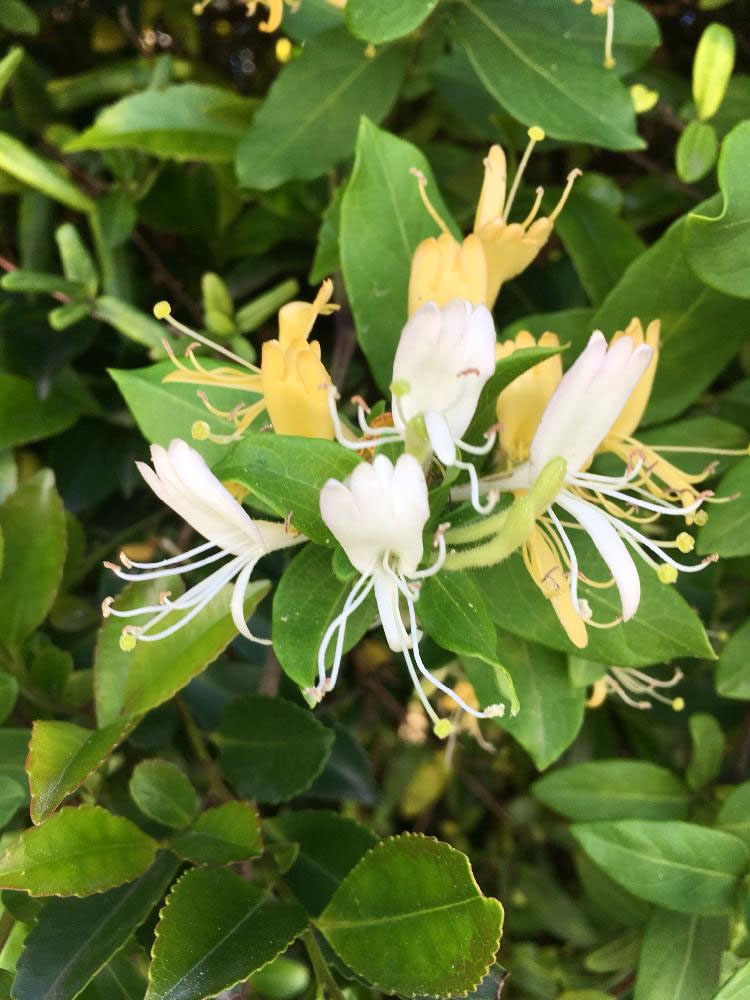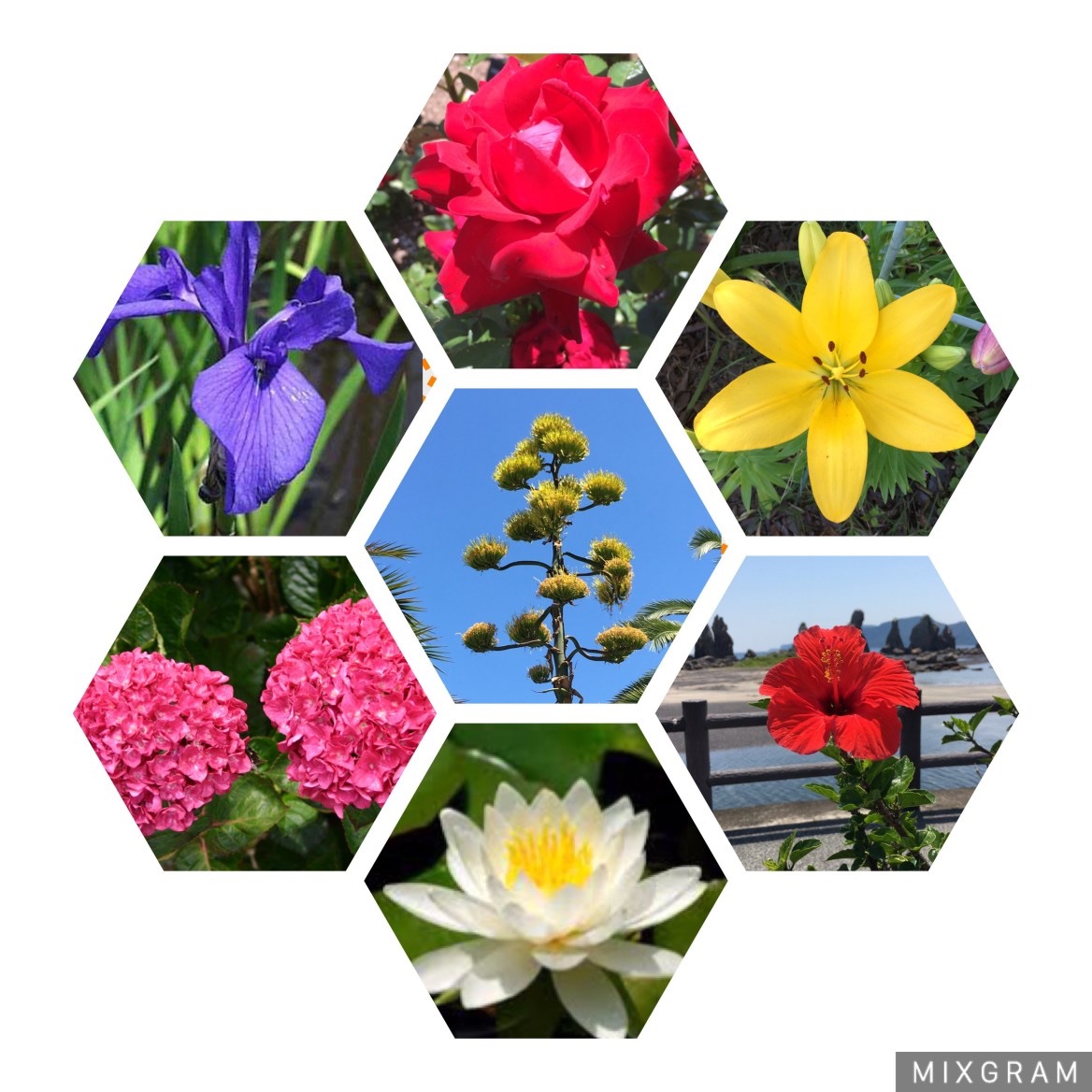
It is forecast that it will be the peak of heat today. In the early morning walk, I heard the first cricket crying. I have been thinking that the other day the long rainy season was over and the summer has begun, but it will be autumn soon. I’m just amazed at how quickly time passes. This year has been a pandemic of a new coronavirus infection, a summer we have never experienced before. We still haven’t found a way to solve it, and I’m worried that the infectious disease will spread further in the fall and winter. The flowers that have been blooming all summer are changing to autumn. This year was not a bright and open summer, but it was a memorable summer.
今日が暑さのピークと言う予報。早朝散歩で一番コウロギの鳴く声を聞きました。ついこの間長い梅雨が明け夏が始まったと思っていたら、もう間もなく秋です。月日の経つ早さに只々驚くばかりです。今年は新型コロナウイルス感染症のパンデミックで経験したことのない夏になりました。いまだに解決の糸口も見つからず、このまま秋を迎え、さらに冬に入ると、感染症がさらに広がらないかと心配になります。夏中咲き続けた花々も秋の装いに変わりつつあります。明るくて開放的な夏ではありませんでしたが、名残惜しく、記憶に残る夏になりました。

